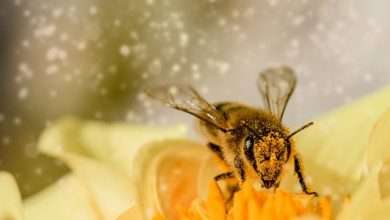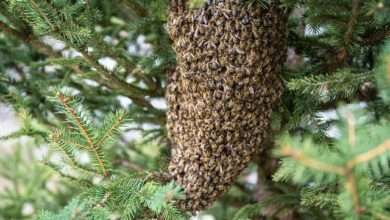What is a Valkyrie hive?
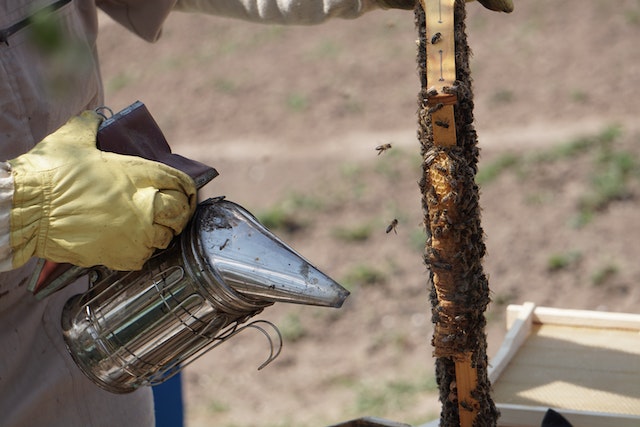
What is a Valkyrie Hive?
Naomi and Larry Price created the Valhalla, a long hive, for beekeepers who had trouble lifting heavy tools or reaching stacked hive boxes.
That’s what Naomi Price, a master beekeeper from Prineville, Oregon, accomplished. Naomi, who has paraplegia, realized she needed a hive to accommodate her bees and herself. She only wanted the independence to lend out her bees whenever she pleased.
It all begins with a vision.
Naomi first set aside the rules and regulations and looked into what was necessary to house honey bees.
She looked at everything from local weather patterns to pests, brood raising, food storage, ventilation, communication, and winter clustering. Then, she researched the evolution of hive construction, noting the successes and failures.
Finally, she considered her own beekeeping needs, considering the specific characteristics that would make beekeeping a pleasurable and productive activity for her.
Valhalla features
The original Valhalla beehive she created was based on Georges de Layens’s classic Langstroth long hive design described in his book Keeping Bees in Horizontal Hives.
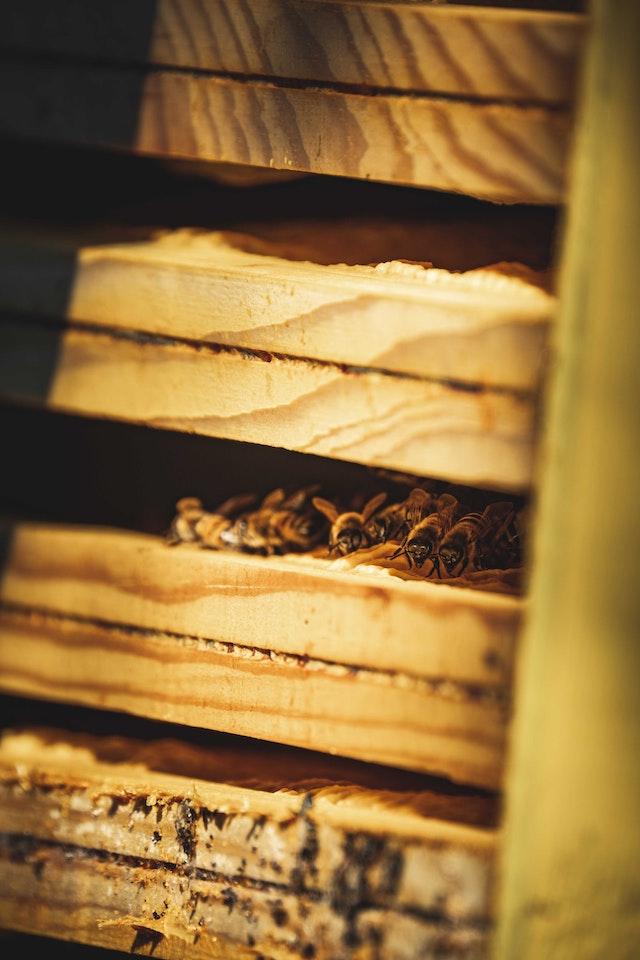
In its most basic form, a long hive is a horizontal hive that employs regular Langstroth frames. Like a top-bar hive, the bee colony grows horizontally without using supers stacked on the brood box.
To meet Naomi’s specific needs for accessibility, however, additional features were required. She hoped to find a solution that would get the hive ready for the coming winter without the need for her to lift, transport, or store any of the individual parts.
The prototype hives took several factors into account while designing them:
Frames
Twenty-four deep Langstroth frames are used in the Valhalla hive. The nectar flow near Naomi’s house in central Oregon and the colony’s winter clustering requirements informed Naomi’s decision on the optimal number of frames. These frames may be used in place of a super to store honey.
Through the use of Langstroth diagrams. Naomi’s long hives and Langstroth’s hives might share components.
Furthermore, unlike top-bar hives, frames with four sides may be placed flat on the ground or another hard surface without injuring the combs. Additionally, unlike other top-bar hives, a regular nucleus colony may be placed straight into a Valhalla hive.
Protective Canvas
The bees are prevented from constructing burr comb above the frames by a large canvas fabric put directly on the top bars. Naomi may operate the bees with the canvas Canby-folded back from one side or the other, shielding them from the light and preventing them from becoming agitated. The workers propose that the fabric create an antimicrobial barrier over the brood nest.
The hive’s nesting box
Because of its modest stature, the long hive is impervious to the elements and common predators like raccoons; hence, a set-down is unnecessary. And since there are no heavy supers to move around, checking on the hives is a breeze.
Convertible Roof or Ceiling
The front side of the ceiling is hinged so the beekeeper may access the hive and work the bees from behind. When there’s just a little breeze, the roof may be kept open thanks to a lock on one side. When the cover is open, the brood nest is shielded from the elements.
Rack with Slots
Foragers may congregate during the hot summer months on a built-in slatted rack that runs the length of the hive. Two side-by-side pull-out inspection drawers may be accessed from under the slatted rack for varroa count and debris collection.
Entrance
The hive’s sole entrance is located in the bottom right corner. It is 3/8 inches tall and 3 inches long and features a sliding door that may open it or narrow it to a more manageable size.
Because of its compact size and malleable design, it may also serve as a mouse guard on occasions when rodents are likely to gain entry. Therefore it is simpler to defend.
Perspective Porthole
A Plexiglas glass with a movable shutter provides an easy way to glance into the brood chamber without opening the hive’s top.
Performing checks is simple.
When supers are not removed during inspections, it is much easier to access the brood box.
Further minimizing the bees’ disruption, the canvas material may be folded back into sections. This is especially helpful when working with limited space and heavy equipment.
In colder climates, the fabric prevents quick heat loss during inspections, keeping the colony warmer. In the autumn, when the lid is left ajar, the cover deters would-be thieves.
The two pull-out boards on each side of the bed make it simple to sweep away dust mites and other potential allergens.
One above the brood and one below the honey, you can see exactly what’s happening in both the upper and lower levels of the hive.
Alterations to the Valhalla
After a few years it was time to make some improvements to the design.
Valkyrie is up next
The modern Valkyrie has several upgrades and customization possibilities.
Colorful tiles for the roof
The roof was altered into a gabled style to make room for the insulating materials. Powder-coated aluminum sheeting, both lightweight and durable, is used to cover the roof and comes in six basic colors in addition to a wide variety of custom options.
Beekeepers may save themselves some time by making inspection notes directly on the lid with a dry-erase marker; the remarks can then be erased and reused.
Superior hinges
Steel is used for the conventional hinges, which are long-lasting and can endure wind even while the hive is open. The existing hinges on a Valkyrie take around twelve pounds to open the lid.
Home frame squat
There is a frame rest built into the interior of the gabled lid. Remove the first frame, set it in the frame rest, and slide the other frames in one by one to examine them. The hive fools and canvas inspection cloth included with each hive may be stored in the frame rest area.
Overhanging eaves
Over the bee entrance, a shed roof was built to shield the insects from the elements and provide some welcome shade.
Apiary capacity
The Valkyrie is comparable to the Valhalla in that it has a slatted rack and the ability to hold 24 normal Langstroth deep frames, but the end space on the Valkyrie is far more accommodating.
Because the varroa drawers and the screens that sit above them may be turned around, there is no longer any need to track which direction the drawers should travel. White PVC drawers hold the screens in place, and a mechanism automatically locks them.
Because a feeder can be installed within the hive by simply taking out a few frames, Boardman-style feeders and hive-top feeders are no longer required. Interior feeders attract fewer foraging insects in the fall, inspections by both bees and humans are made easier at this time of year.
Accessories that may be ordered separately
Second window
However, a similarly shuttered window may be added to expose the honey-holding compartment.
Blankets with three layers. Over the canvas, you may use a three-layer alpaca wool cushion for year-round warmth and moisture control.
Insulated Hive Stand: The insulated hive stand is created such that the top of the hive body (not counting the gabled roof) is 30 inches from the floor. For most adult wheelchairs, this solution is ideal.
If you require it, we may make a stand four inches taller for you by special request. The firm insulating layer built into the base of the stand keeps the colony safe from the extremes of cold and heat that may be found under the surface all year long.
Inhibitor Board. A blocker board (also known as a follower board) is a useful management tool for controlling the growth of the brood nest until all of the available spaces in the current frame are occupied.
When the frames are filled, you may slide the board over and add another one, ensuring that your brood nest is as little as possible at all times.
Real-world Valkyrie
Adapting conventional beekeeping techniques to the Valkyrie hive is usually a simple matter of making minor adjustments.
Beehive set up
The Valkyrie may have a stand nucleus hive placed in it, as was previously indicated.
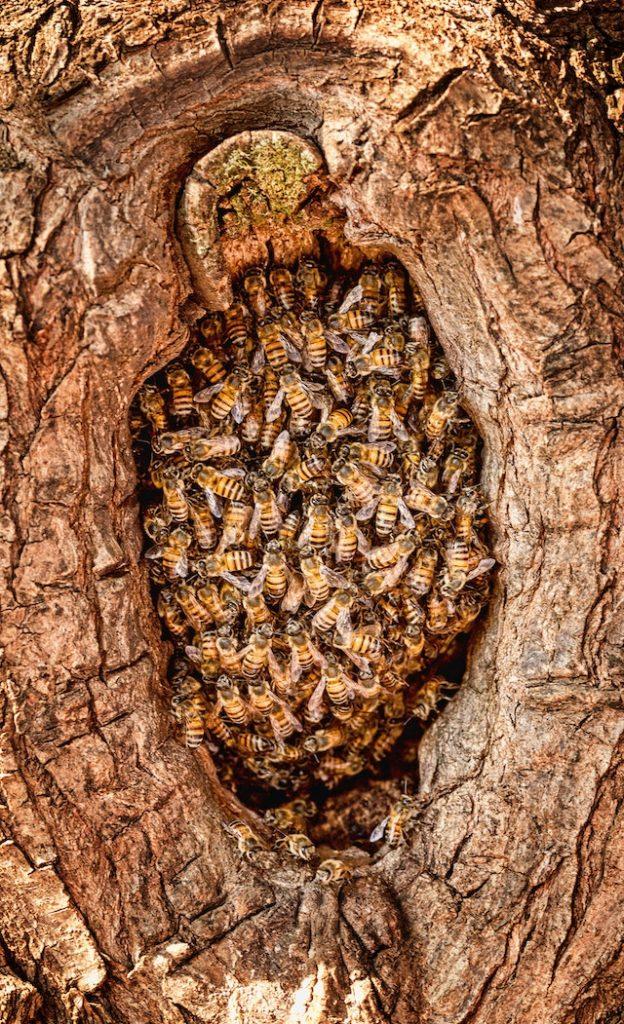
Build a ramp leading up to the hive’s entrance from the ground for easy access on foot. Extend a huge sheet over the ramp to touch the ground on all sides. Put the queen cage in the hive and empty the bees onto the sheet. Bees will fly up the sheet and enter the hive.
The sick and disaffected bees in the colony typically choose to die alone rather than join the march, a great separation that aids colony health. Furthermore, parasites that are free to travel, such as hive beetles, are left on the sheet. A little coating of powdered sugar might also leave behind some varroa miles.
Feeder for sugar that’s easy to use
There are various internal feeder options for the Valkyrie including placing a dough of sugar and water onto a thick Langstroth frame.
The framework may be either 1/8″ hardware cloth or a plastic base. The wired variant requires the wire to be snipped to reach the outside edge of a regular deep frame.
After that, you’ll want to lay the wire down flat and make two cuts, one in the top left corner and another in the top right. These slots, also known as “hiking paths,” should be sized so that there will be approximately 3/4 inch on each side of the wire after it is joined to the frame.
Once the wire is trimmed to length, staples or thumbtacks may be used to secure it to the framework.
Do the same if you use a plastic foundation. Some plastic bases include tabs that may be punched out and removed. Putting the plastic back correctly is important, with the channels facing upwards.
Granulated sugar, powdered sugar, or a combination of the two may all be used for the sugar mixture. Put the sugar in a bowl and add enough water to make it sticky, but not so much that it will flood the bowl. Forcing a handful into a snowball should result in a ball that stays there.
Create a tiny wooden insert to fit within the frame. Put this beneath the wire or plastic and use your hands or a rolling pin to push the sugar into the frame. The sugar should be allowed to solidify once it has been filled. Approximately six pounds of sugar may be stored in a wire framework, whereas the plastic base can only store about three.
It is recommended to put a frame of sugar away from the honey so the bees will consume it first and then resort to the sugar if they run out. Most beekeepers, however, know that bees often ignore this instruction and instead snack on the sugar. At least they have a backup supply, which is comforting.
The Valkyrie Long hive is used in many states across the country.
The bees and beekeepers throughout the continent benefit from one woman’s dream of what beekeeping might be like.



